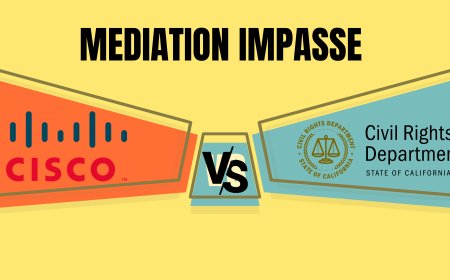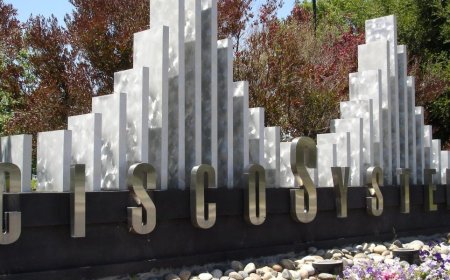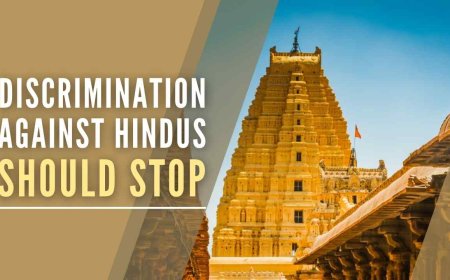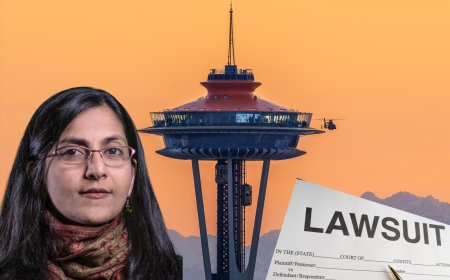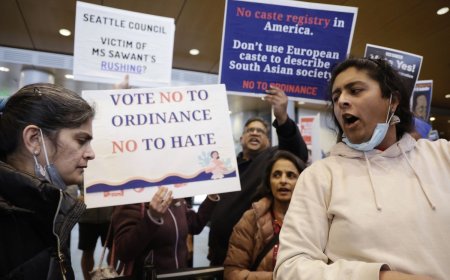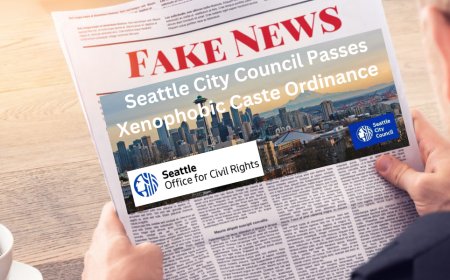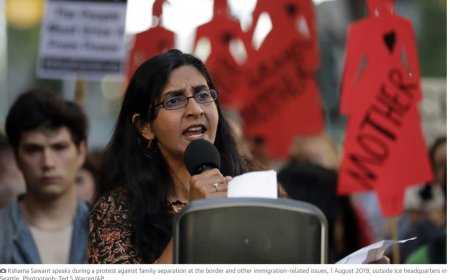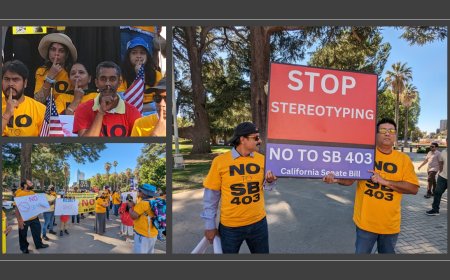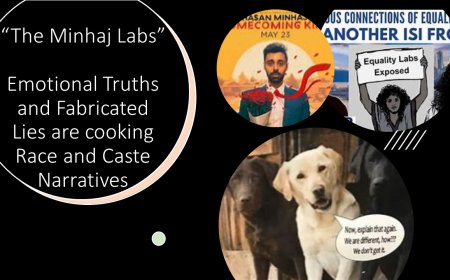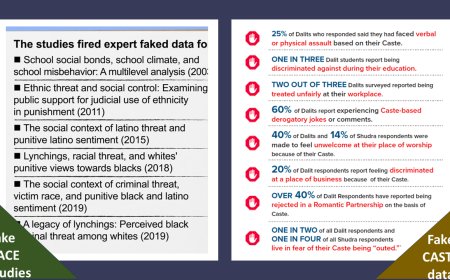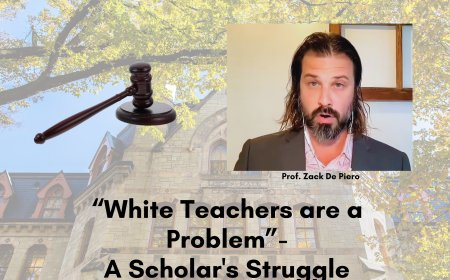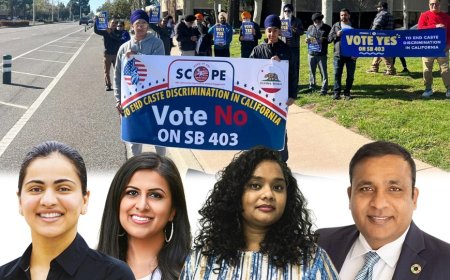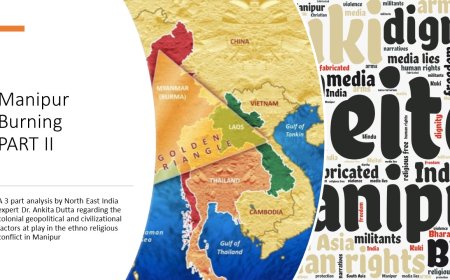The Current and Colonial Roots of Manipur’s Conflict: Part I of a Three-Part Academic Review

Many of today’s conflicts are seeded in caste, tribe, race, and religious identities that helped the "divide et impera" (divide and conquer) colonialists—Northeast India expert, Dr. Ankita Dutta discusses this in a three-part series. The three-part series covers: 1. The Reality Behind Manipur Violence and Land Capture, 2. Narco Terrorism and Illegal immigration, 3. Separatist Movement by Kukis, and Kuki homeland in the making.
It seems the deadly conflict in Manipur is far from coming to a halt. The beautiful land of Gaudiya Vaishnava Dharma has now transformed into a lethal war zone with patrolling and area-domination exercises of the Indian Army continuing in full swing. Amid the ongoing tensions, operations by the security forces to rescue civilians are still continuing. Troops are being freshly deployed as and when the necessity is being felt in a particular area. The conflict has left thousands of people homeless and stranded in various shelter camps across the state, with their struggles left unheard and undocumented. All they can do is wait for the situation to return to normalcy as they appeal for peace to be restored.
Geographically speaking, the saucer-shaped state of Manipur is situated at the borders of Myanmar’s Sagaing region to the east and Chin state to the south. It is covered with hills on all the sides and a fertile valley/Kongba at the center that occupies a mere 8% of the total land area of the state. Demographically, Manipur is inhabited by three different communities – the Hindu Meiteis and a small section of the Pangals (Manipuri Muslims) residing in the valley; and the hill-based, Christian Naga communities such as Kabui, Tangkhul, Khoirao, Maring, etc. concentrated in Tamenglong, Ukhrul, and Senapati districts; and the relatively smaller in number Kukis.
Discrimination against Meiteis in Land and Resource allocation
Prior to the Partition of Bharat in 1947, the king of Manipur had promulgated two laws for ensuring the smooth administration of the Imphal Valley and the hill districts. One was the Manipur State Constitution Act for people of the valley and the other was the Manipur State Hill (Administration) Regulation for the hill residents. This was where and how the difference in the administrative setup of both these regions of the state began, and it continued to be operational even after Manipur joined the Union of India in 1972. When Manipur was a Union Territory prior to this, the government body of the hill areas was known as the Standing Committee.
But, with the promulgation of the two aforementioned laws, those living in the plains could no longer buy land in the hill areas. After Manipur gained statehood, the Standing Committee of the hills was renamed as the Hill Areas Committee (HAC), entrusted with the responsibility of safeguarding the interests of the hill residents of the state. The root of the problem lies in the fact that the current administrative system provides administrative autonomy to the elected Hill Areas Committee. So, the hill residents (Kukis and Nagas) of Manipur have freedom with respect to land and resources, unlike the Meiteis who are the Hindus and indigenous Manipuris, who can only purchase land in the valley regions.
The hill areas of Manipur inhabited by the Christian Nagas and the Kukis are protected as “tribal lands” via laws which strictly prohibit outsiders, including the indigenous Meitei Hindus of the Imphal Valley from settling there. With the recent High Court recommendation, if Meitei’s are included in the tribal or ST list, the Meiteis will get equal rights as the Kukis and buy lands in the Hills of Manipur which constitute 90% of the state’s territory. Currently Kukis and Nagas can buy land anywhere including the Valley, while Meiteis can buy land only in the Valley which is less than 10% of Manipur land mass.
The indigenous Meitei tribes have faced discrimination and the legal imbalance and while this is an ethnic conflict, the fact that Meitis are mainly Hindus while the Naga and Kukis are Christians, has made this into an ethno-religious conflict.
Although the Hindus comprise 42-45% of the total population of Manipur, they reside in a very small area of the state, i.e., hardly 10%. They are largely confined to the Valley area. The Pangals or Manipuri Muslims comprise around 10% of the state’s total population. However, the population of the Muslims is gradually on the rise in Manipur because of the infiltration of Bangladeshi immigrants from neighboring Assam, Meghalaya, and Mizoram.
The ethno-religious and demographic imbalance is working against the Meiteis, and this is starkly visible.
How Did it All Begin?
It’s almost 3 months since the violence began on May 3, 2023, when the Tribal Solidarity March or ‘peace rally’ was organized by the pro-Kuki All Tribal Students’ Union of Manipur (ATSUM), to raise its grievances against the granting of Scheduled Tribe (ST) status to the Meiteis. On May 1, 2023, a missionary organization – the Tribal Christian Churches Forum – had, in a press release, conveyed solidarity with the ‘peace rally’ to be organized by the ATSUM on May 3. To recall, as per the Census records of 1891, 1901, and 1931, the Meitei/Meetei was recognized as a ‘tribe’. It remained in place until 1949.
But, in the Gazetteers of 1951, they were removed from the scheduled tribes (ST) list of India based on a Report of the Sub-Committee on the North-East Frontier (Assam) Tribal and Excluded Areas. This was done without any prior information or communication to the State Government of Manipur and its people. The Ministry of Tribal Affairs, Government of India, was also not intimated. As per the Census of 1951, the population of the Meiteis in Manipur was 59%. This had reduced to 49% in the Census of 2011. Without any constitutional protection, the Meitei community has become a vulnerable and marginalized lot in their own homeland.
The State Government of Manipur was already facing intense resentment from the Kukis on matters relating to the preservation and protection of reserved forests. As per the 1976 Amendment to the Indian Forest Act of 1927, forest is a state subject, making the State Government chiefly responsible for all forest-related issues. The Indigenous Tribal Leaders’ Forum (ITLF) had called for a total shutdown in Churachandpur district from 8am to 4pm on April 28 to protest against the State Government’s survey of reserved and protected forest areas, wetlands and wildlife sanctuaries, and the ongoing eviction drive against poppy cultivation.
It is important to note here that the ITLF is the same organization that had burnt down a newly constructed gym-cum-sports facility a day before it was scheduled to be inaugurated by Chief Minister N Biren Singh. The Govt. of Manipur has been endeavoring to provide alternatives to poppy cultivation and thereby prevent illegal drug trafficking and narco-terrorism in the state. But several civil society organizations of the Kukis and their leaders have tried to project such endeavors of the State Government as anti-tribal, aimed at launching a war against the Kukis through “racial profiling” of the community, thereby instigating them against the Meiteis on communal lines.
In view of their alleged role in poppy cultivation and obstructing the State Government from protecting the forests and forest resources of the state, the Government had, on March 10, 2023, decided to withdraw itself from holding tripartite talks under the Suspension of Operations (SoO) Agreement with two hill-based armed insurgent groups – the Kuki National Army (KNA) and the Zomi Revolutionary Army (ZRA). Besides the drug angle in the conflict, the issue of illegal immigration and the continuous influx of migrants from neighboring countries like Myanmar and Bangladesh coming and settling down in different regions of Manipur has been a serious concern.
Initially, the infamous gun wielding “peace rally” by the ATSUM was supposed to be held in all the tribal-dominated districts of the state, but it later took place only in the Kuki-dominated district headquarters of Churachandpur, Kangpokpi, and Tengnoupal. Supported openly by Kuki militants, the rally soon took a violent turn in Churachandpur. Forest Beat Offices were set on fire early in the morning. Several questions have arisen in due course of time – Why were these forest offices suddenly burnt down and by whom? Was it a brute manifestation of the anger against the eviction drive carried out by the Government of Manipur against illegal immigrants and encroachers in the reserved and protected forest areas?
Otherwise, what explains the move behind the destruction of Government records on forest areas and settlements? Was there any foreign hand behind this sinister game-plan? In February 2023, 15 temporary kutcha houses near the National Highway at K Sonjang village of Khoupum Protected Forest area in Churachandpur were evicted. It was met with violent resistance by the Kukis. Just a month after this incident, in March 2023, the Kuki Students’ Organization (KSO) organized a rally in the Kuki-dominated areas of Manipur unlawfully, in complete defiance of CrPC 144. Interestingly, the rally later extended to New Delhi where they appealed to the PMO to stop the eviction immediately.
After some time, it was publicized through the media that the eviction drive at Sonjang was targeted exclusively against the Kuki-Chin-Zo communities by a Hindu “majoritarian” Government. This allegation is, however, far from true. The Government of Manipur’s eviction drive was not targeted against any specific community. The forest land at Khoupum was declared as “Protected” much before Kuki immigration plagued the entire district of Churachandpur. This drive was a part of the policy of the Government to protect the dwindling reserved and protected forest areas of Manipur, most of which are still considered as sacred in the Meitei Hindu belief system.
The dangerous sequence in which the events have unfolded since the 3rd of May has already laid bare the hard truth that the anti-reservation rally organized by the ATSUM was a mere façade and within it was hidden a well-planned, long-term political agenda to destabilize Manipur and eliminate all traces of the Hindu civilization. But why did the Kuki community organize the protest rally on this date, i.e., 03.05.2023, against the order of the Manipur High Court dated 27.03.2023? And, if it was a “peace” rally, then from where could the highly sophisticated arms and ammunition be gathered? Who were the people behind this?
Anti-Hindu Nature of the Violence
Just a few days after the beginning of the violence, a 200-year-old Shiva temple at Koubru Leikha village under the Kuki-dominated Kangpokpi district administration was razed by using a bulldozer and its murti desecrated. At Thingam-phai Meetei Lekai in Churachandpur, a violent Kuki mob vandalized and destroyed a temple of Eputhou Pakhangba and burnt its seven-colored Salai Taret flag in retaliation against the demolition of Churches illegally constructed on Government land. Several other temples of the Meitei Hindus in Kakching, Bishnupur, Tengnoupal, and Imphal West districts have been vandalized, destroyed, and looted by violent Kuki mobs in a series of well-planned attacks.
The Churches have been instrumental in instigating the common Kuki civilians against the Meiteis. In the past as well, there have been several such instances in the hill districts of Manipur when the construction of Hindu temples had to be stalled suddenly due to vehement resistance from the Kuki Churches and their affiliated organizations including the militant groups. The administration has often turned a blind eye to such cases of atrocities against Hindus and Hindu religious places of worship in the North-East. The Churches here are more akin to political institutions than religious/sacred places. Both the Government and the society are trapped in a complex web involving missionaries, drugs, arms and guns.
Churches are being regularly built in each border village of the Meiteis in the hill districts of Manipur. These Churches serve as the safe havens for Naga and Kuki militants. Deadly weapons and drugs are hidden on their roofs. When Hindus protest against their dubious activities, the Christian terrorists scare them away by firing gunshots. Not just the Church and the Kuki militants, but a corrupt nexus of intellectuals, politicians, and the bureaucracy is behind the escalation of the recent violence in Manipur. Quite shockingly, even after 10 days since the violence began, several houses of Hindu Meitei families at Torbung Bangla area of Bishnupur district continued to be set on fire by militants.
The violence that initially began with the burning of houses and temples of the Hindu Meitei community by the Kukis soon escalated to kidnappings and abductions of innocent villagers by armed Christian Kuki militants. In several Meitei villages of Churachandpur district, the militants carried out lootings and arson with sharp daos and knives while at the same time, common Kuki civilians formed human chains on the streets with the objective of blocking the entry of the media and the Press. Numerically speaking, the Meiteis are a minority in Churachandpur. The truth has thus been very cleverly covered up with this complex maze.
In this regard, an important point to be noted is that the attacks of the Kuki militants are not confined to the Meiteis and the Nagas of Manipur. Other numerically smaller in number Hindu communities of the state such as the Tamils residing in the Indo-Myanmar border town of Moreh and the Nepali-speaking Gorkhas have been equally affected. Many houses of the Tamil Hindus of Moreh have been burnt down by radical Christian groups. Both communities have made Manipur their home and are very well-integrated with the Manipuri society and its culture.
With a population of 63,756 persons (as per Census 2011), a significant majority of the Gorkhas are engaged as defense personnel, farmers, marginalized laborers, or in small business enterprises. Their settlements are scattered across various regions of Manipur of which the majority are concentrated in the hill districts of Kangpokpi and Senapati, besides Imphal West & Imphal East, Kakching, Tengnoupal, and a few areas adjoining Moreh. There are 154 Nepali-speaking Gorkha villages in the Kuki-dominated Kangpokpi district of Manipur, where Kuki militants under the Suspension of Operations (SoO) Agreement with the Government and various other non-SoO Kuki militant groups are in operation.
The ongoing conflict has adversely impacted the poor Nepali Hindu Gorkha families as a result of heavy extortion by the Myanmar-based Kuki militants who are now on a spree to eliminate them from their own lands and villages by forcefully taking away their herds of cattle and then demanding money for the purchase of sophisticated arms and weapons. Most of these people from several vulnerable and sensitive villages of Kakching, Tengnoupal, Moreh, Imphal East, and other adjacent districts have fled to other safe areas. It is very important that the Government safeguards the rights and privileges of these minority Hindu communities.
Unfortunately, at this moment of crisis, the true facts have been brushed aside from the public eye. Several fabricated narratives manufactured by so-called “intellectuals” and a few civil society organizations with vested interests are doing the rounds in both national and social media. As a result, the real reasons behind the violence have been misrepresented. The larger objective behind this has been to corner the Hindu Meitei voices and consolidate the false story that the Kuki-Chin-Zomis have always been the main victims of violence and discrimination at the hands of the Meiteis. It is important to put across the real issues in the right perspective beginning from the genesis of this violence.
Follow Caste Files on Twitter @CasteFiles




